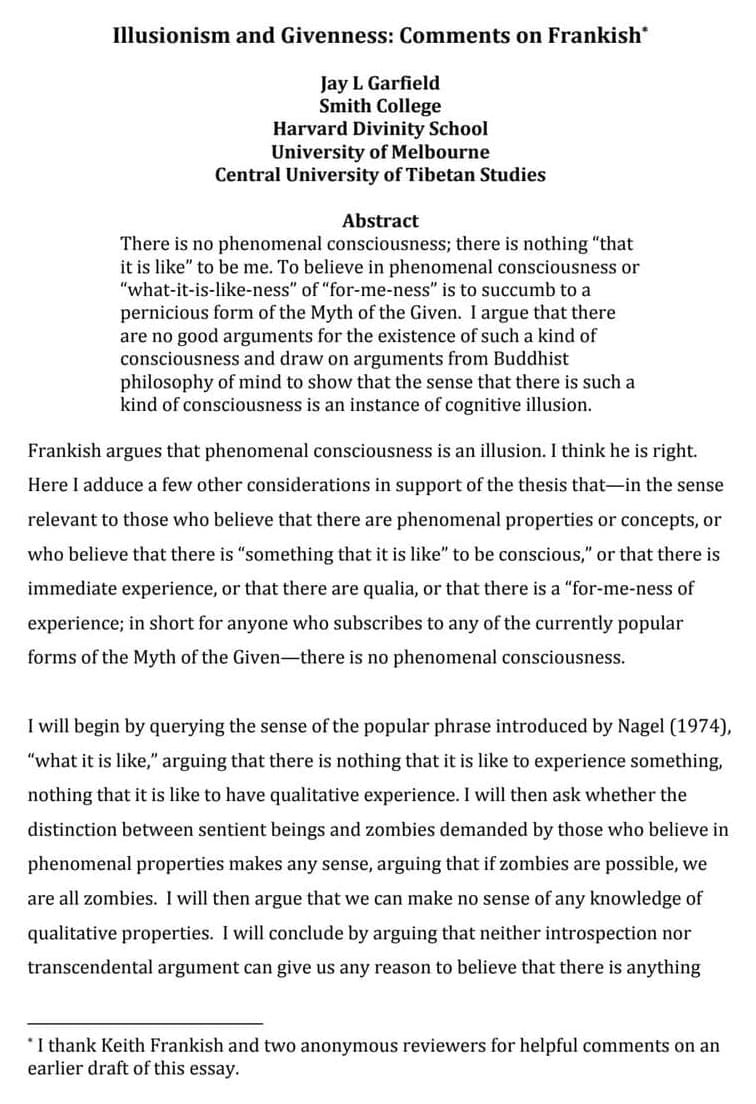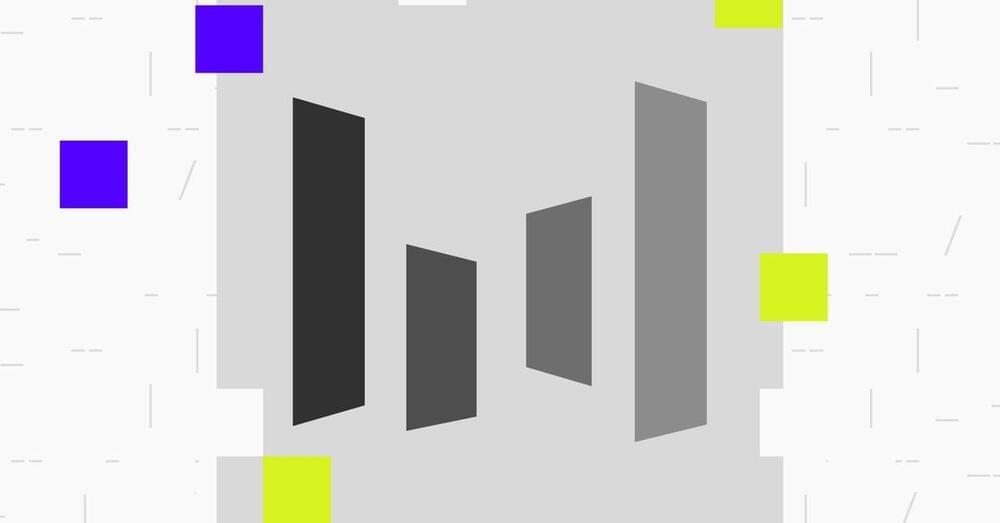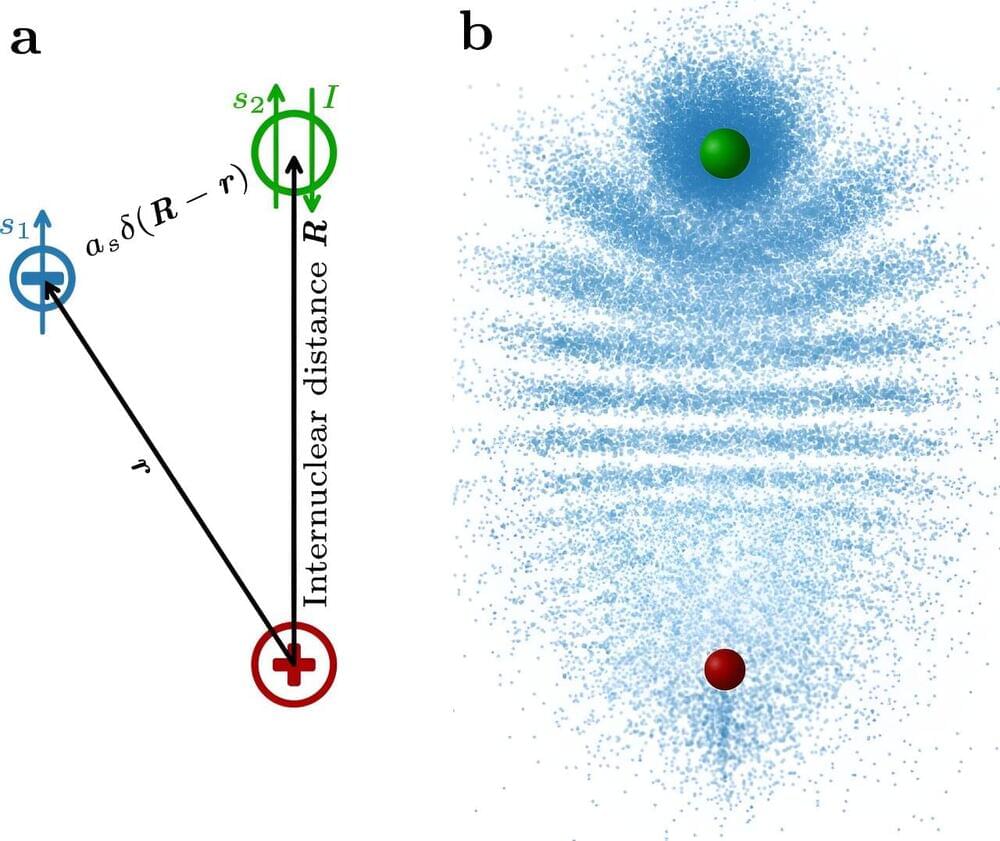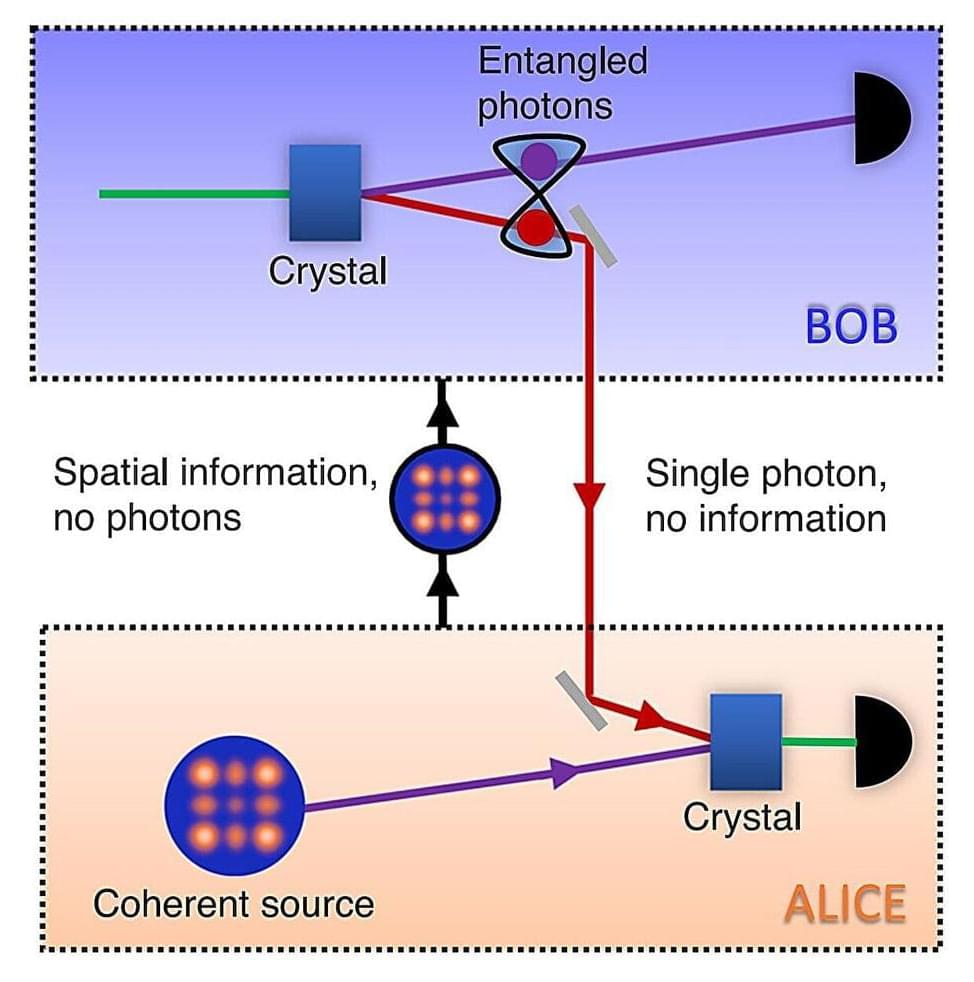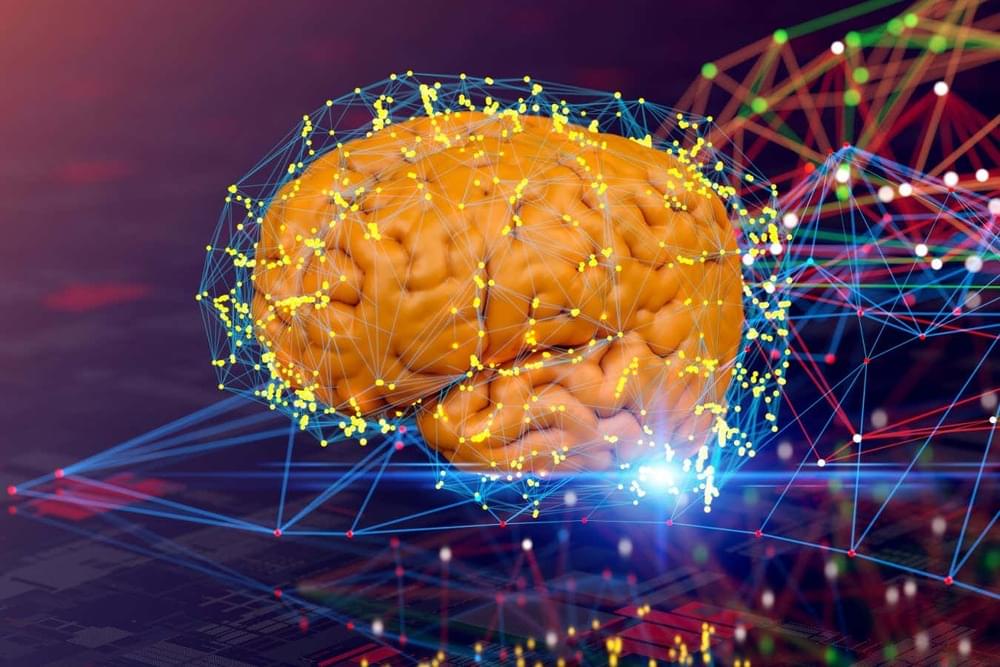Page 785
Dec 18, 2023
ByteDance is secretly using OpenAI’s tech to build a competitor
Posted by Dan Breeden in category: robotics/AI
Dec 18, 2023
Breakthrough in organic semiconductor synthesis paves way for advanced electronic devices
Posted by Dan Breeden in categories: chemistry, innovation
A team of researchers led by Professor Young S. Park at UNIST’s Department of Chemistry has achieved a significant breakthrough in the field of organic semiconductors. Their successful synthesis and characterization of a novel molecule called “BNBN anthracene” has opened up new possibilities for the development of advanced electronic devices.
The paper is published in the journal Angewandte Chemie International Edition.
Organic semiconductors play a crucial role in improving the movement and light properties of electrons in carbon-centered organic electronic devices. The team’s research focused on enhancing the chemical diversity of these semiconductors by replacing carbon-carbon (C−C) bonds with isoelectronic boron-nitrogen (B−N) bonds. This substitution allows for precise modulation of the electronic properties without significant structural changes.
Dec 18, 2023
Study: Physicists create giant trilobite Rydberg molecules
Posted by Dan Breeden in categories: chemistry, particle physics, quantum physics
Kaiserslautern physicists in the team of Professor Dr. Herwig Ott have succeeded for the first time in directly observing pure trilobite Rydberg molecules. Particularly interesting is that these molecules have a very peculiar shape, which is reminiscent of trilobite fossils. They also have the largest electric dipole moments of any molecule known so far.
The researchers used a dedicated apparatus that is capable of preparing these fragile molecules at ultralow temperatures. The results reveal their chemical binding mechanisms, which are distinct from all other chemical bonds. The study was published in the journal Nature Communications.
For their experiment, the physicists used a cloud of rubidium atoms that was cooled down in an ultra-high vacuum to about 100 microkelvin—0.0001 degrees above absolute zero. Subsequently, they excited some of these atoms into a so-called Rydberg state using lasers. “In this process, the outermost electron in each case is brought into far-away orbits around the atomic body,” explains Professor Herwig Ott, who researches ultracold quantum gases and quantum atom optics at University of Kaiserslautern-Landau.
Dec 18, 2023
We Now Have Precise Math To Describe How Black Holes Reflect Our Universe
Posted by Dan Breeden in categories: cosmology, information science, mathematics, physics
Astronomers developed a set of equations that can precisely describe the reflections of the Universe that appear in the warped light around a black hole.
The proximity of each reflection is dependent on the angle of observation with respect to the black hole, and the rate of the black hole’s spin, according to a mathematical solution worked out by physics student Albert Sneppen of the Niels Bohr Institute in Denmark in July 2021.
This was really cool, absolutely, but it wasn’t just really cool. It also potentially gave us a new tool for probing the gravitational environment around these extreme objects.
Dec 18, 2023
Mathematics and Engineering
Posted by Dan Breeden in categories: engineering, mathematics
Advances in Civil Engineering Using Recycled Concrete Powder, Waste Glass Powder, and Plastic Powder to Improve the Mechanical Properties of Compacted Concrete: Cement Elimination Approach Erfan Najaf and Hassan Abbasi.
International Journal of Rotating Machinery Experimental and Numerical Studies of the Film Cooling Effectiveness Downstream of a Curved Diffusion Film Cooling Hole Fan Yang and Mohammad E. Taslim.
Dec 18, 2023
‘Teleporting’ images across a network securely using only light
Posted by Dan Breeden in categories: quantum physics, satellites, security
Nature Communications published research by an international team from Wits and ICFO-The Institute of Photonic Sciences, which demonstrates the teleportation-like transport of “patterns” of light—this is the first approach that can transport images across a network without physically sending the image and a crucial step towards realizing a quantum network for high-dimensional entangled states.
Quantum communication over long distances is integral to information security and has been demonstrated with two-dimensional states (qubits) over very long distances between satellites. This may seem enough if we compare it with its classical counterpart, i.e., sending bits that can be encoded in 1s (signal) and 0s (no signal), one at a time.
However, quantum optics allow us to increase the alphabet and to securely describe more complex systems in a single shot, such as a unique fingerprint or a face.
Dec 18, 2023
Mind-reading AI can translate brainwaves into written text
Posted by Dan Breeden in category: robotics/AI
A system that records the brain’s electrical activity through the scalp can turn thoughts into words with help from a large language model – but the results are far from perfect.
Dec 18, 2023
Frankish_Illusionism as a theory of consciousness_eprint (1).pdf
Posted by Dan Breeden in category: neuroscience
Dec 18, 2023
Discovery of Massive Stars Stripped of Hydrogen Envelopes in Binary Systems
Posted by Laurence Tognetti, Labroots Inc. in categories: physics, space
“This was such a big, glaring hole,” said Dr. Maria Drout. “If it turned out that these stars are rare, then our whole theoretical framework for all these different phenomena is wrong, with implications for supernovae, gravitational waves, and the light from distant galaxies. This finding shows these stars really do exist.”
Can binary stars steal material from each other? This is what a recent study published in Science hopes to address as a team of international researchers examined how the interaction between binary stars can cause one star to strip material from its companion star over time, resulting in one massive star and one much smaller star. While this study could help astronomers better understand precursor signs to supernovae, scientists have only identified one candidate for being stripped of its hydrogen material, despite longstanding hypotheses that one in three binary stars are stripped of their hydrogen.
